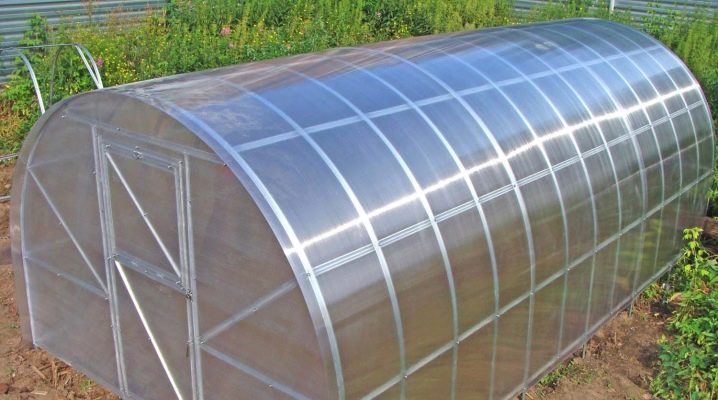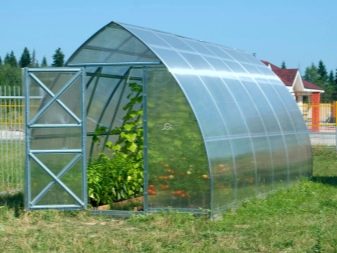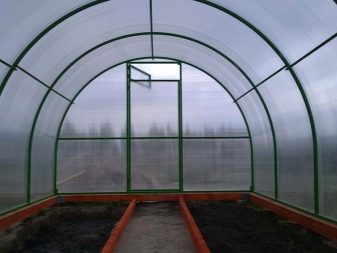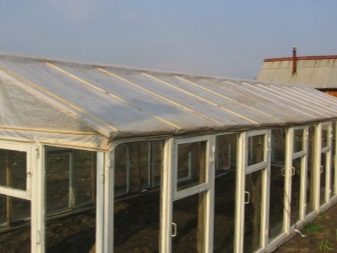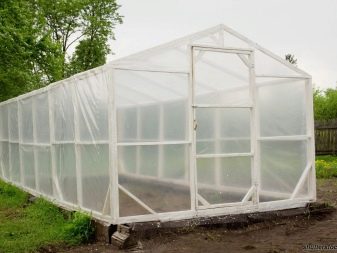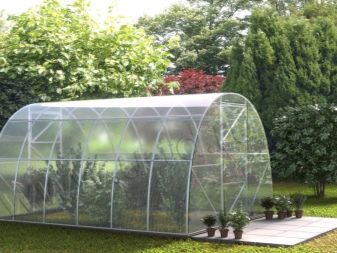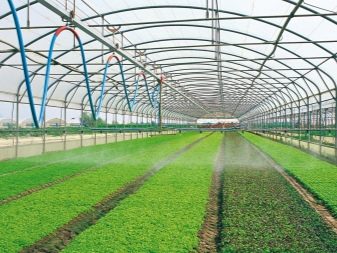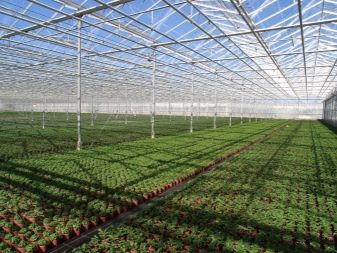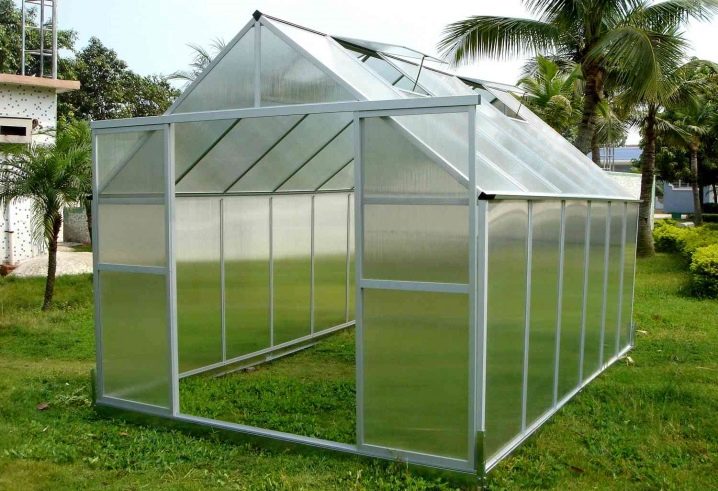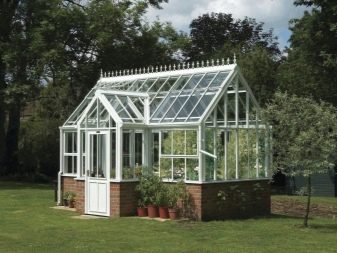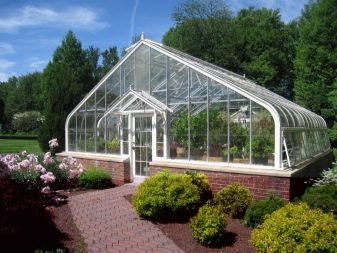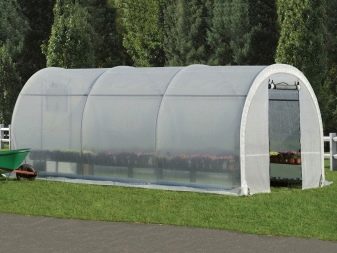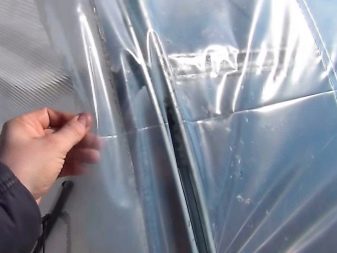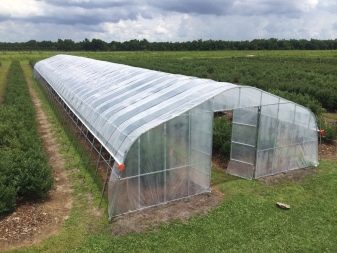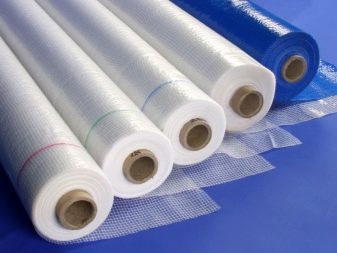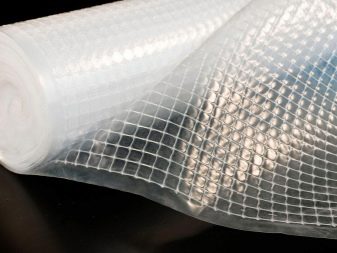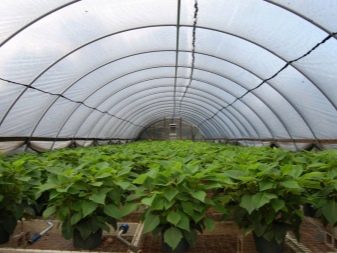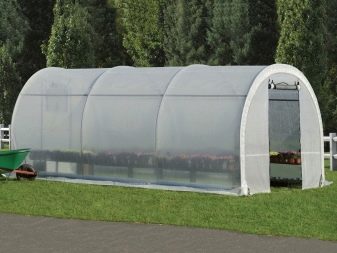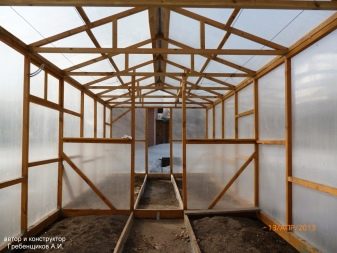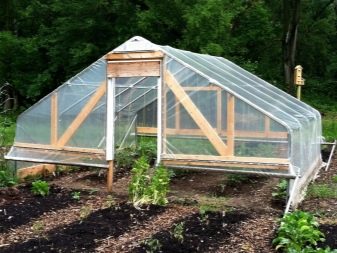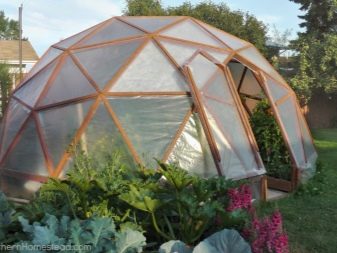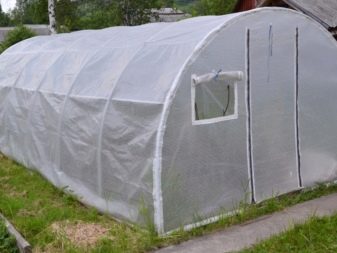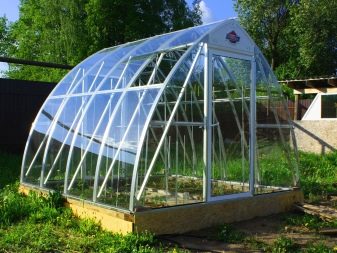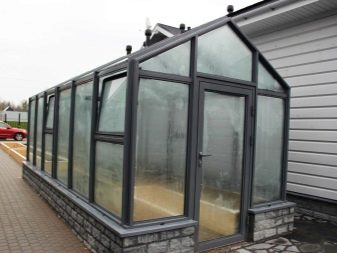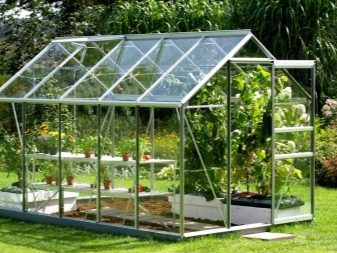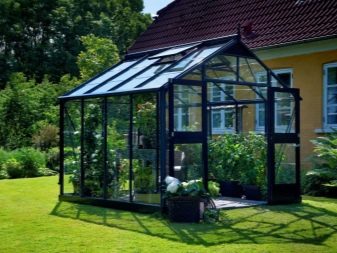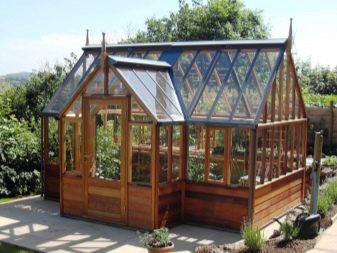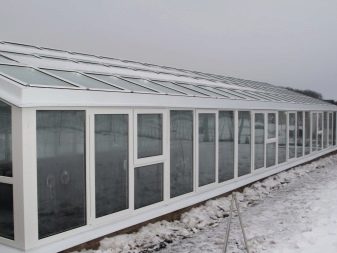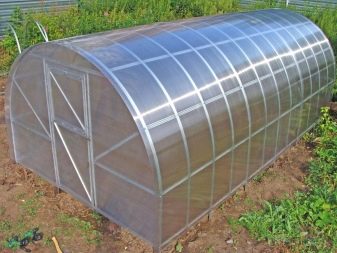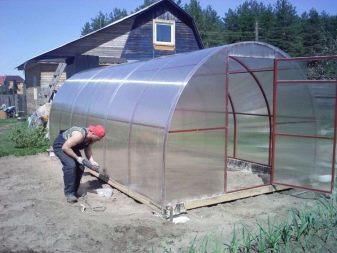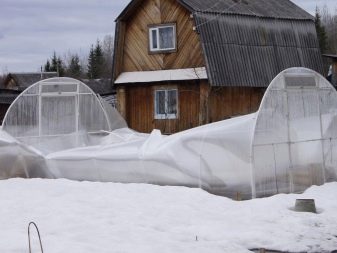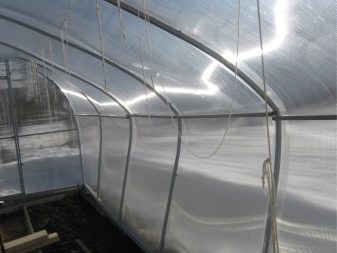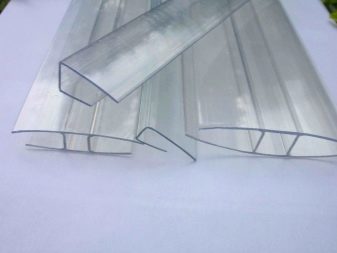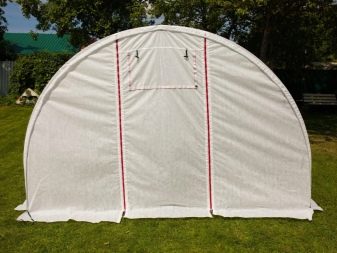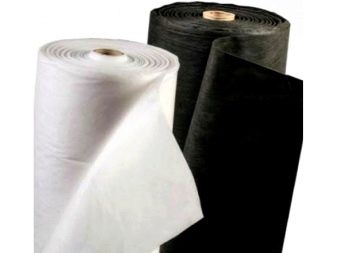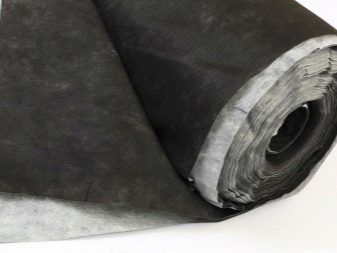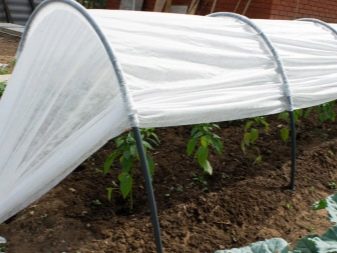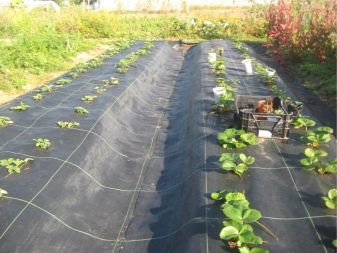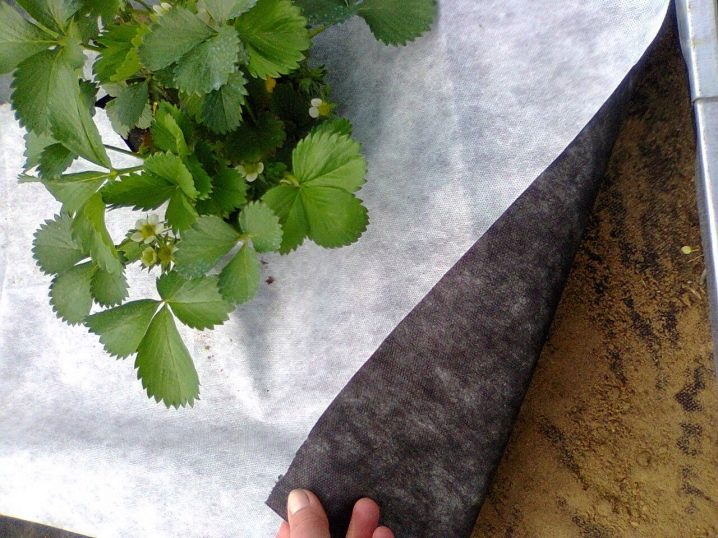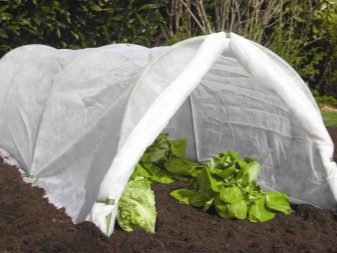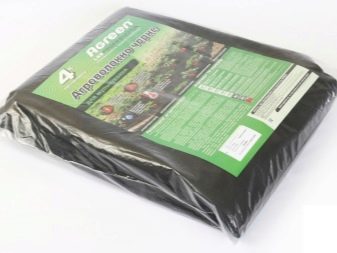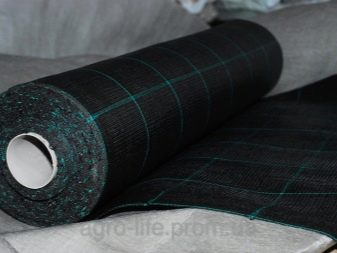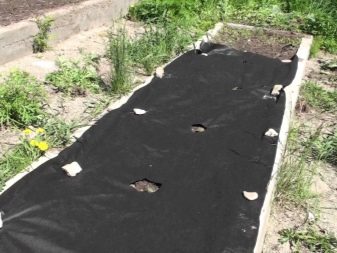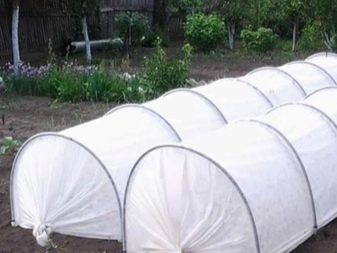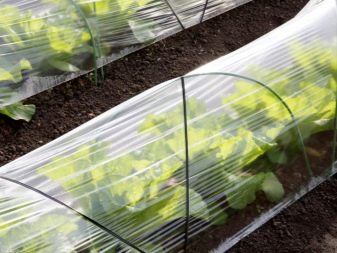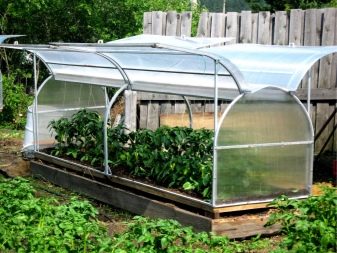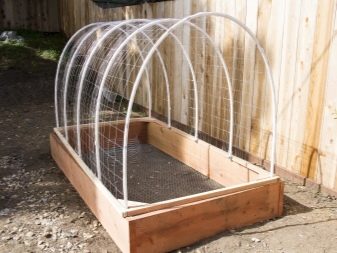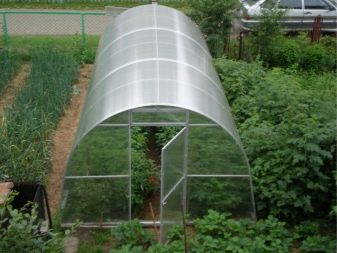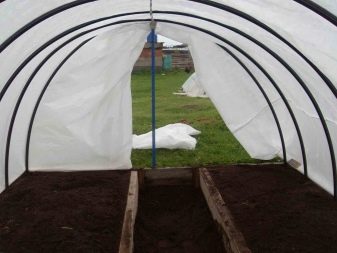Types and properties of covering materials for greenhouses
The issue of greenhouse arrangement is fundamental for every gardener and the gardener, regardless of practical experience. In particular, this concerns the choice of quality and practical covering material. The modern market for such products offers a lot of various raw materials that can be used to build a greenhouse.
Special features
Ukryvnye materials of the last generation can successfully grow most of the heat-loving plants, even in the most severe climate. However, in order for them to cope with their task as productively as possible, they must have certain quality characteristics and properties. For decades, glass or film has been widely used as a covering material for greenhouses. To some extent, this narrowed the range of possibilities for multifunctionality of structures.
Today, the product range has greatly expanded. However, each individual material has a number of specific positive and negative qualities. Therefore, the choice of a raw material must be approached with great care.
For material greenhouses and greenhouses important properties are several criteria.
- Durability, ensuring the stability of raw materials to temperature fluctuations, mechanical damage, the effects of any precipitation, wind and ultraviolet radiation.
- Enough light transmission to save on electricity consumption, including heating.
- Acceptable weight and flexibility of the material that will ensure reliable installation of the coating on the frame.
- The ability to diffuse sunlight and cut off harmful UV radiation.
- Resistance to the formation of condensation on the surface, which can cause a burn on the foliage of plants.
- Resistance to formation on the coating of harmful microflora;
- Ease of care, convenience of the material in the work (especially when the work will be done personally).
To decide which material is better for the greenhouse,a kind of compromise is needed between the properties of the material retaining heat inside, the operational period, cost and installation conditions.
Types and characteristics: pros and cons
After examining the varieties of this material and individual operating conditions, you can correctly prioritize and purchase exactly the products that will meet the requirements in a particular situation. The development of modern technologies contributes to the fact that new products appear in the market in this segment, while existing ones acquire additional properties.
Polyethylene film
This product, which for quite a long period of time served as the main material that allows sheltering a greenhouse. This was due to the scarce range of analog products. Due to a certain pricing policy that has developed on the market for this product, the film could be changed every season. Raw material perfectly fulfilled its functional tasks. Today, it is mainly used for small-sized greenhouses. If atmospheric factors allowed the material to persist during the entire summer season, it is recommended to remove the material for the winter, since it does not withstand a temperature drop of more than -15 ° C.The service life of the product is not always determined by the thickness, and the cost of production may increase from this parameter.
The film has a number of advantages. Seedlings or already mature plants are perfectly covered from gusts of wind, precipitation, morning frosts and fogs. Thermometer readings and humidity levels will always be greater than outside the greenhouse. Ordinary polyethylene covering products and is now commonly found as a raw material for sheltering greenhouses and greenhouses. It is recommended to use products of a transparent color, which will not be so hot from the sun. The disadvantages of the product include a small service life, low cut resistance.
Reinforced polyethylene film
In light of the development of technology, conventional polyethylene film has undergone significant improvements. The impact of progress has affected the composition of this raw material. The inclusion of special impurities in it made it possible to create a completely new covering material - reinforced polyethylene film. Such products are affordable and low cost.
Reinforcing film is a canvas consisting of three layers, where the middle layer is a polymer mesh.Visually, the product looks like a fishing net, but the cells in this case are filled with polyethylene.
It has its own merits.
- Resistance to negative temperatures. Material maintains frosts to-40C, does not lose the properties at a temperature up to + 90C.
- Due to the different size of the cells with micropores, the plants under the film breathe well, the condensate does not accumulate on the surface from the inside.
- The additional components are light-stabilizing and reflective additives that extend the life of the product, reducing the negative impact of sunlight on the material.
- good strength and maintainability of the product;
- products are not subject to rotting and mold, it is easy to install.
The varieties of reinforced film include products, which is a frame of polypropylene or fiberglass filaments, woven polyethylene.
PVC film
This product looks like cellophane. However, it does not emit characteristic sounds upon contact and is thicker. The main visual difference of the product from the other materials that cover the frame of the greenhouse is the yellowish color of the cut of the roll.The positive qualities of products include the light transmittance, which is 90% for ordinary light, and not more than 80% for sunlight.
It does not transmit infrared radiation.This indicator of opposition delivers 9%. This quality of material prevents cooling of the greenhouse overnight. The disadvantages of the film are low resistance to low temperatures. The coating can withstand frost, not exceeding -15C. It is unstable to pollution: dust accumulates on the surface of the material, which adversely affects the light transmission ability.
Glass
More recently, glass greenhouses were not available to everyone because of the cost of such a structure. But the functionality of such greenhouses justified serious investments, since the plants inside were under reliable protection from adverse weather conditions.
Glass has many advantages, including:
- excellent level of light transmission;
- good thermal insulation characteristics;
- biostability
Glass greenhouses have the most attractive appearance in comparison with other materials that can be used to cover the structure.
The disadvantages of glass construction include:
- impressive weight;
- fragility of products;
- the complexity of the device.
There are alternative options for arranging glass greenhouseswhich assume use for these purposes old window frames with the whole glazing. For the most hardworking summer residents, this solution will be ideal, since using used materials will save money, build an eco-friendly and durable greenhouse that is not afraid of cold weather, snow, rain and hot and scorching sunlight. It is possible to return the previous transparency to polluted glass using a conventional irrigation hose and clean rags.
Cellular Polycarbonate
This material belongs to the group of expensive raw materials. It comes in the form of sheets of different sizes. Polycarbonate is a hollow construction with bridges along the product, which have some similarities with the honeycomb.
The positive characteristics of the material include the following characteristics:
- good level of thermal insulation;
- transparency (makes 84%);
- resistance to mechanical damage;
- minimum weight;
- beautiful appearance;
- easy installation
The disadvantages of cellular polycarbonate are:
- deformation when heated or cooled;
- decrease in light transmission over time.
When arranging greenhouses with such products, the ends of the sheets must be additionally protected from moisture using caps. The construction of polycarbonate will last a long time, and configuration options, due to the possibility of bending sheets, can be very diverse. That is why this material is preferred by landscape designers.
Agrofibre: what is it?
This product is a non-woven material, similar to non-woven. In its production used polymers.
What happens?
There are two types of material that have a specific specificity of purpose. Allocate black and white products. The first option is designed for warming seedlings and weed protection, the last one - for the construction of greenhouse structures themselves. Agrotextiles are represented on the market for similar products by a wide variety of types. The most popular materials are agrotex, spunbond, lutrasil.All types of products are similar in their characteristics, although the same material may be called differently by each manufacturer.
Agrofibres can have different markings that indicate its density (60, 80, 42). The technology of mounting such a material does not require a special frame. Material of medium thickness, you can simply cover the seedlings, fixing the coating on the edges. For arranging greenhouses with a frame, you need to purchase material with high density.
Advantages and disadvantages
Agrotextile has positive features:
- the material does not absorb liquid and perfectly passes it;
- It provides reliable protection against ultraviolet rays;
- retains heat well inside;
- perfectly breathable;
- eliminates the formation of condensate;
- reliably protects plants from insects, birds and rainfall (hail and freezing rain);
- It is easy to use and maintain.
The disadvantages of the product are:
- high price;
- low level of thermal insulation.
Application: features
When installing agrofibre on a frame, experienced gardeners are recommended to strengthen fabric cuts in the middle of the canvas, forming from them peculiar ties that will ensure convenience and speed of fastening.For work there is no need to purchase a special tool or involve specialists in the process. The ability to tie knots of fabric will be sufficient. If you attach rails around the edges, the windage of the structure will be significantly reduced. The canvas, which has already become unsuitable for sheltering greenhouses, can be effectively used as a covering product for saplings or perennial flowering plants. The average rock service of the material is 4-5 years.
Maintenance and Care Tips
Note a few recommendations.
- With a shortage of funds, the most economical option of covering material for greenhouses will be a film of polyethylene. For consumers with average financial opportunities, it would be more logical to opt for glass or polycarbonate.
- If the operation of the greenhouse will be short-lived, there is no practical sense in acquiring expensive and durable materials.
- The construction of a small size can be covered with various materials every season. Constructions that have serious dimensions, it is better to equip more thoroughly (for example, with the help of glass, which is unpleasant in the care).
- PVC products are very durable, it can be used for about 8 years, however, like regular polyethylene film, it will need to be dismantled at the end of the season.
The device of the greenhouse assumes the knowledge that it is not worth planting the same plant in the same place every year. The greatest demand among gardeners in recent times is agrofibre and cellular polycarbonate. These materials are of high quality and efficiency in ensuring an optimal microclimate inside the greenhouse.
How to choose a greenhouse, see the video below.
